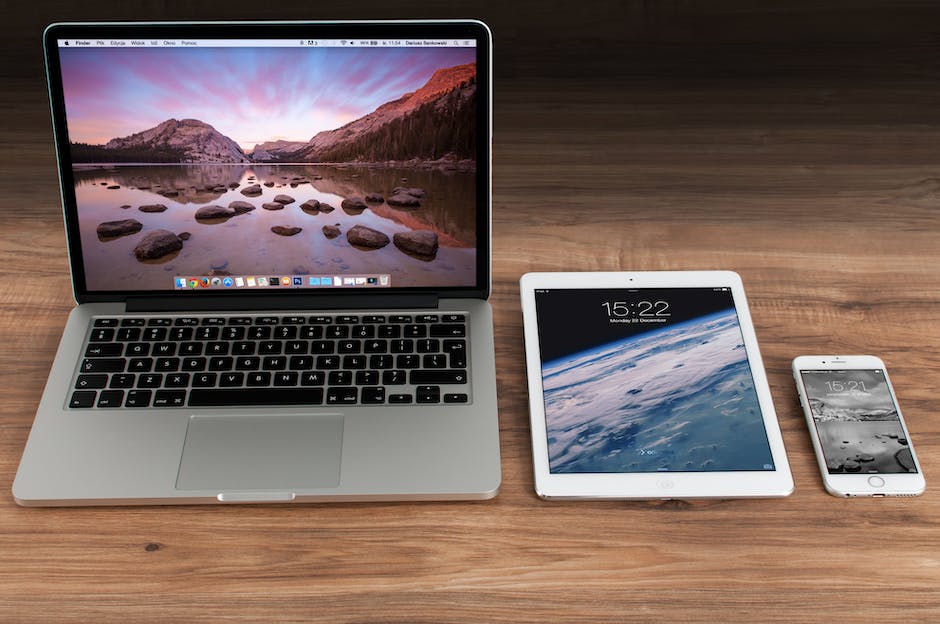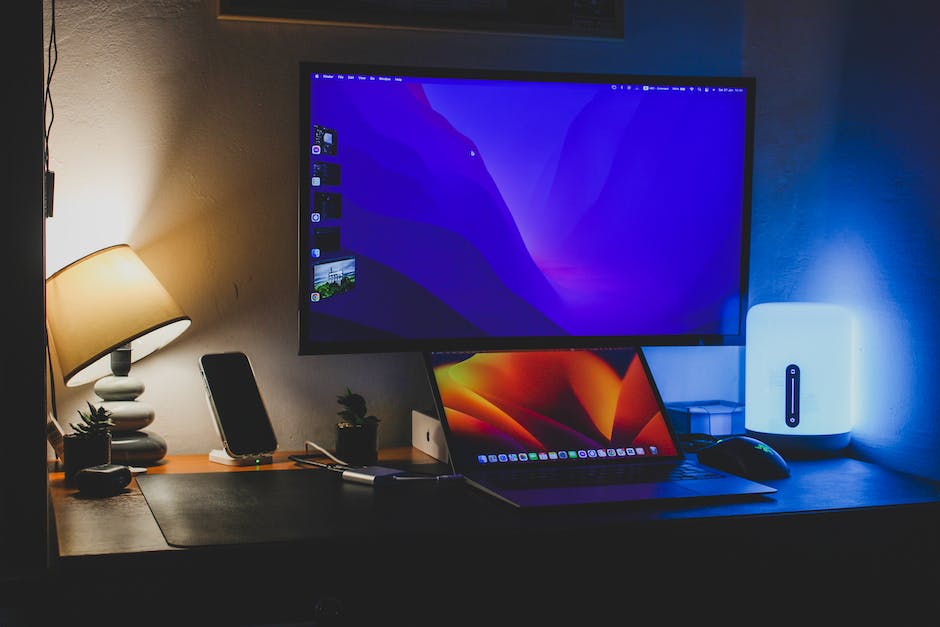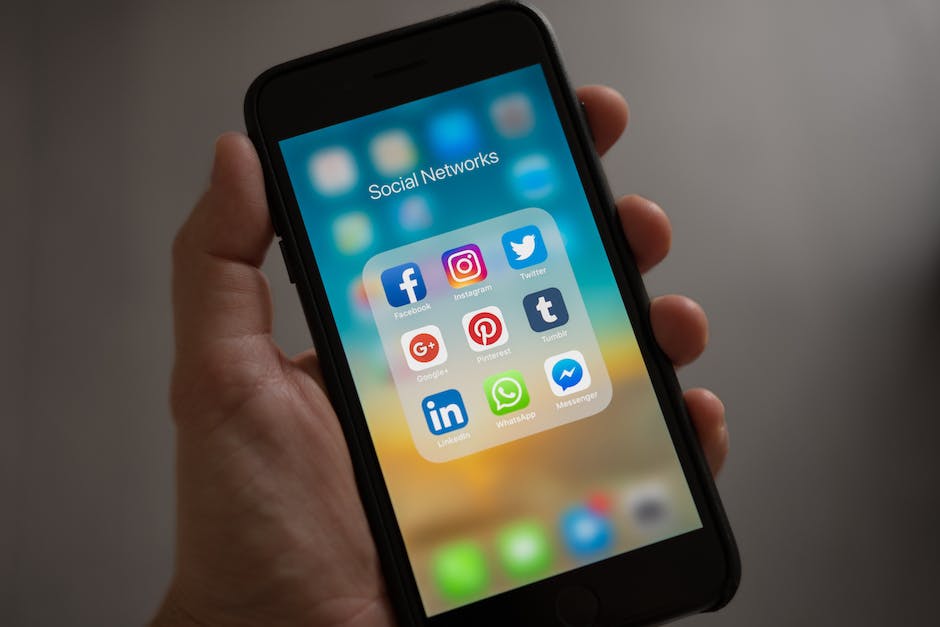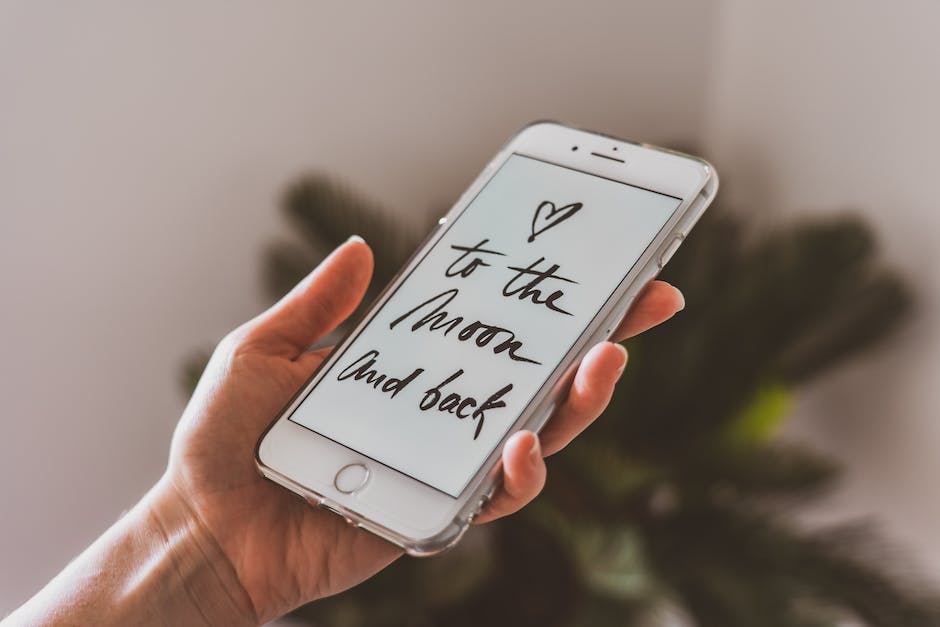Easy wireless phones, a popular mobile phone option, have gained traction among those seeking affordable connectivity, especially low-income and government-assisted individuals. These phones are a form of temporary assistance for many, offering features like unlimited texts and services even in tribal lands. A key feature of these phones is their alignment with government aid like the Lifeline Program, offering free or discounted phones and services, including voice mail for a wide range of users, particularly needy families.
They bridge the communication divide for those unable to afford conventional mobile plans, acting as a form of wireless phone services. With diverse, budget-friendly plans, eligible customers can select the best talk, text, or data option based on their family income. These phones don't demand long-term contracts, providing flexibility for changing financial situations and allowing users to choose their preferred network provider.
Understanding Lifeline and the Affordable Connectivity Program (ACP)
Before diving into the specifics of Easy Wireless, it's essential to understand the programs that make these services accessible. Lifeline and the Affordable Connectivity Program (ACP) are government initiatives dedicated to ensuring that low-income consumers don't miss out on critical communication services. Lifeline offers eligible users free wireless services, while ACP provides additional monthly data, ensuring uninterrupted connectivity for work, education, or personal needs.
Eligibility Requirements for Easy Wireless Phones
Easy wireless phones are specifically designed for those eligible for government aid programs, ensuring low-income individuals stay connected. To qualify, participants must meet set criteria and fill out an application form. Primarily, eligibility hinges on participation in government assistance programs, such as the Federal Lifeline Program, or household income within federal poverty guidelines.
Applicants must present proof of income, such as pay stubs or tax returns. Moreover, a verifiable residential address, like a utility bill or lease agreement, is required. Documentation showcasing involvement in other assistance programs, like Medicaid, SNAP, or TANF, might also be needed.
However, criteria can vary between service providers and states. Prospective users should thoroughly review eligibility requirements specified by their chosen provider or respective government agency. In essence, by meeting these standards, individuals can access vital, affordable communication through easy wireless phones.
Stay Updated with the Latest Offers
The landscape of digital communication is ever-evolving, and so are the offers from Easy Wireless. Currently, users can enjoy perks like unlimited data, talk, and unlimited texts, along with a free smartphone. However, these offers are subject to change and vary by state, so it's crucial to keep up with the latest offerings.
Deep Dive into Easy Wireless Services
Easy Wireless goes beyond providing standard services. Users enjoy unlimited connectivity and the assurance of reaching emergency services when needed. The option to enhance your plan with additional devices like tablets means you're always plugged in, whether for work, education, or leisure. Discover the full range of services and how Easy Wireless is keeping America connected.
Who Qualifies for Easy Wireless Phones?
Easy wireless phones offer affordable connectivity for those lacking traditional phone services, especially benefiting low-income individuals who can access government aid programs. However, certain eligibility criteria determine qualification.
-
Eligibility Criteria: Government Assistance Eligibility: Participation in the Federal Lifeline Program or household income within federal poverty guidelines is key. These programs support those facing financial hardships who need phone services.
-
Proof of Income: Documents such as pay stubs or tax returns verify income. Note that income stipulations may differ by state or provider.
-
Proof of Address: A utility bill, lease agreement, or official documentation is essential to confirm the applicant's residence.
-
Other Assistance Programs: Some providers seek evidence of enrollment in Medicaid, SNAP, or TANF to further establish the individual's financial need.
Eligibility nuances might vary across providers or state-specific initiatives. Hence, potential users should meticulously review the requirements set by their selected provider or related government entity.
Easy wireless phones are indispensable for qualifying individuals. Determinants include involvement in specific assistance programs, income verification, and residential proof. By adhering to the outlined criteria and providing necessary documentation, individuals can access vital, affordable connectivity.
Documents Required for Application
To apply for an easy wireless phone, applicants must present:
-
Proof of Eligibility: Documents verifying involvement in government assistance programs or adherence to federal poverty income levels.
-
Income Verification: Recent pay stubs, tax returns, or equivalent proofs.
-
Residential Verification: Utility bills, lease agreements, or similar documents confirming the address.
-
Participation in Other Programs: Evidence of engagement in Medicaid, SNAP, or TANF might be requested.
Document needs can differ based on region or provider, emphasizing the importance of thoroughly understanding specific application prerequisites. Securing an easy wireless phone can profoundly impact those under financial strain, offering a connection to the broader world, potential employment, and crucial services.
Is There a Cost Associated With an Easy Wireless Phone?
Easy wireless phones, often associated with government programs like the Federal Lifeline Program, provide affordable communication for low-income individuals. While the phone might be free or heavily discounted, additional costs can arise.
These might include monthly fees for wireless services, data, or text messaging. The exact fee varies by provider and chosen plan. Additional charges might apply for phone activation or replacements.
It's crucial for individuals to review the program's terms and conditions to be aware of potential costs. In essence, while the device may be low-cost or free, other service-related expenses may apply. Thoroughly understanding these can prevent unexpected costs.
Lifeline Assistance Program
The Federal Lifeline Program offers free or discounted wireless services to qualifying individuals, addressing the digital divide for low-income consumers. Eligibility is based on household income being below 135% of federal poverty guidelines or participation in programs like SNAP or Medicaid, though criteria can vary by state or provider.
Benefits include low-cost phones and monthly plans with minutes, texts, and data. Costs might differ by provider and plan, with possible additional fees for services like phone activation. Before joining, individuals should review potential charges.
Application requires evidence of eligibility, including income proof and participation in other assistance programs. Lifeline ensures affordable communication, enabling connections, job searches, and essential tasks.
Overview of the Lifeline Assistance Program
The Lifeline Assistance Program, known as the government cell phones program, provides affordable connectivity to eligible low-income individuals. In our digital age, phone access is vital for tasks like job applications and health appointments.
Eligibility may be based on household income or participation in programs like SNAP or Medicaid, though criteria might vary by state or provider. Approved participants get benefits like minutes, texts, and data.
Some providers might charge for activation or replacement devices. Applicants must provide proof of eligibility, possibly including income proof or proof of participation in other assistance programs.
How Does the Lifeline Assistance Program Work?
The Lifeline Assistance Program offers discounted wireless plans for low-income individuals. Eligibility might be based on household income or enrollment in assistance programs.
Once approved, participants receive a wireless phone and plan, which might have varying benefits by provider. Though focused on providing phone services, there might be extra charges, like activation fees. Applying requires proof of eligibility, and possibly residency proof. This program helps bridge the digital divide, ensuring affordable communication access.
What Services Are Available Through the Lifeline Assistance Program?
Participants in the Lifeline Assistance Program get minutes, texts, and data, enabling communication for personal or professional purposes. The program also allows affordable online access for tasks like job searches. Service providers might offer different plan tiers, catering to individual needs.
There might be extra charges, such as activation fees, depending on the provider. In summary, the Lifeline Assistance Program provides a crucial communication lifeline for eligible low-income individuals, offering essential services and flexibility.
Lifeline Assistance Program Overview
The Lifeline Assistance Program offers low-income individuals affordable phone connectivity. Essential in today's digital age, it supports activities like job applications and health consultations. Eligibility hinges on factors like household income or enrollment in programs like SNAP or Medicaid, with criteria varying by state or provider. Benefits for approved individuals include minutes, texts, and data. Some providers might have additional charges like activation fees. Proof of eligibility is required for application.
How the Lifeline Assistance Program Functions
This program provides discounted wireless plans to qualified low-income participants. Eligibility is primarily based on income or involvement in certain assistance programs. Approved individuals receive a phone plan with benefits that may differ among providers. While the core is phone services, additional fees, such as for activation, might apply. Application mandates eligibility proof and possibly residency documentation, making it a pivotal tool to bridge the digital divide.
Services Through the Lifeline Assistance Program
The program ensures participants have access to minutes, texts, and data, supporting both personal and professional communication. Additionally, it offers affordable online connectivity, aiding in tasks like job hunting. Service providers may present varied plan options tailored to individual requirements. Additional charges, like activation fees, could be levied by some providers. Overall, the Lifeline Assistance Program is an indispensable communication resource for qualifying low-income individuals, delivering key services and adaptability.
Plans and Services Offered by Easy Wireless Phone Providers
Easy wireless phone providers cater to eligible customers by offering a spectrum of affordable plans, underpinning the significance of accessible communication for low-income users. These plans range from basic options, tailored for sporadic calls and texts, to extensive ones for avid internet users. Notably, they encompass a predetermined set of minutes, texts, and data, ensuring cost-effective connectivity.
A standout feature of these providers is their flexibility. They predominantly offer prepaid options, eliminating monthly bills and long-term commitments, and usually sidestep credit checks, simplifying access for those with limited or poor credit. This prepaid approach aids in efficient budgeting and grants users greater financial control.
Customer service stands paramount with these providers. They emphasize an approachable, expert-driven service experience, ensuring queries about plans, technical issues, or enrollment are promptly addressed. Furthermore, they may entice eligible users with extra perks like discounted replacement phones, accessory deals, or promotional extras such as bonus data.
To avail of these services, potential users might need to fulfill specific eligibility criteria, which could range from showing involvement in government assistance schemes, verifying income, or affirming residency. It's pivotal to understand these prerequisites thoroughly for your chosen provider.
Moreover, the variety of plans ensures something for everyone:
-
Basic plans are optimal for those leaning towards calls and texts.
-
Those needing more online engagement can opt for plans with a generous data allocation.
-
Intensive data users have plans with unlimited data at their disposal.
-
Family plans merge multiple lines, offering shared resources, and optimizing costs compared to separate plans.
-
For those desiring customization, add-ons encompassing international calls or exclusive streaming access are available.
To summarize, easy wireless providers champion affordability and connectivity, presenting diverse plans with complementary services, and reinforcing the ethos of an inclusive digital era.
Discover more wireless opportunities by delving into our fresh content about SafetyNet Wireless and its unique offers! How does it compare to the benefits and services of Easy Wireless Phones? Journey with us to make informed choices for your communication needs!







